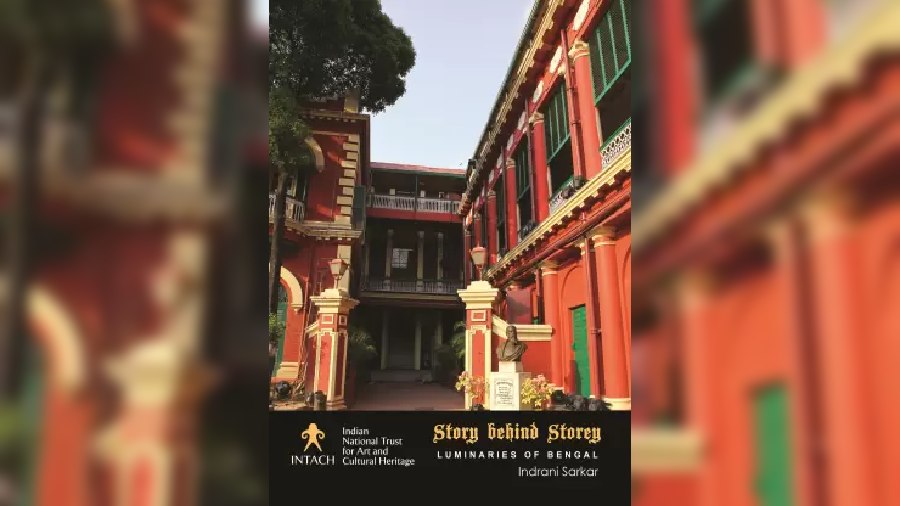A book on 100 Bengal luminaries, mostly from Kolkata, and the present condition of the houses they lived in was launched at Aurobindo Bhaban, the well-preserved house on Shakespeare Sarani where Sri Aurobindo was born.
The book titled Story behind Storey: Luminaries of Bengal — written by architect Indrani Sarkar and published by Intach — tells the story of these personalities, and their lives and contributions. It also has an inventory of the properties they lived in, along with their locations.
The list includes 19th-century reformists like Rammohun Roy and Keshab Chandra Sen, litterateurs Michael Madhusudan Dutt and Tarashankar Bandopadhyay, medical practitioners Bidhan Chandra Roy and Kadambini Ganguly, builders, philanthropists, entrepreneurs, politicians and economist Abhijit Vinayak Banerjee.
The book highlights the sad state of Raja Subodh Chandra Mallick’s mansion at 12 Subodh Mallick Square, which was donated to Calcutta University, and the fact that folklorist Gurusaday Dutta’s house at 19 Gurusaday Road has been demolished.
The fate of his collection at Gurusaday Museum still hangs in the balance. The fate of UN Brahmachari’s house, who gave us the antidote to kala-azar, remains uncertain as a snazzy high-rise has come up right next to it on the same plot.
The house in Howrah’s Batore where RG Kar, after who the RG Kar Medical College and Hospital is named, lived has been abandoned.
The house of another medical practitioner, Nilratan Sircar, on MG Road is now home to the Jalan Trust and a number of tenants. Lighting expert Tapas Sen’s house in Naktala is in a dilapidated state, said Sarkar.
“Perhaps, all these structures will disappear with time but this book with its documentation will remain,” said the author, who believes “if there is a will to save all this built heritage, there are a lot of ways like CSR funds and public-private initiatives”.
Launching the book, West Bengal Heritage Commission chairman Alapan Bandyopadhyay said: “Unfortunately, the economic ecosystem in which the luminaries of early 19th century Bengal were born and grew up no longer exists. There is a financial bankruptcy that is a big hindrance to preserving such structures.”






